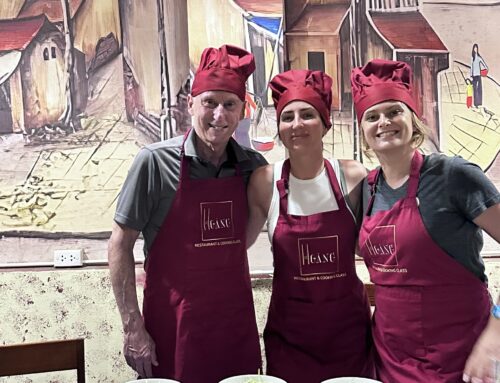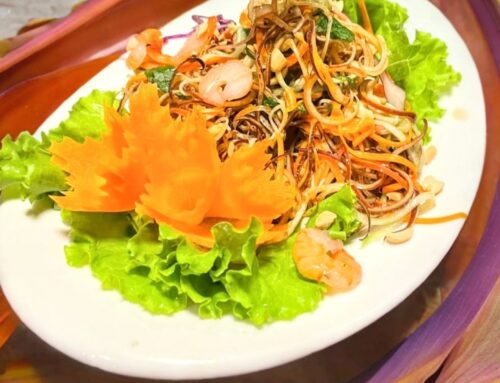Introduction to Vietnamese cuisine
Vietnamese cuisine is a vibrant and diverse culinary tradition that has captured the hearts and palates of food enthusiasts worldwide. With its delicate balance of flavors and fresh ingredients, Vietnamese dishes are a true delight for the senses. Among the many treasures of this cuisine is the exquisite rolled pho, a dish that exemplifies the rich culinary heritage of Vietnam. In this article, we embark on a journey into the heart of Vietnamese cuisine, exploring this beloved dish’s history, unique characteristics, and flavors.
What is rolled pho?

Rolled pho, also known as phở cuốn in Vietnamese, is a lesser-known but highly cherished dish in Vietnamese cuisine. Unlike the more widely recognized pho noodle soup, rolled pho is a refreshing and healthy alternative. It consists of thin rice noodles, fresh herbs, and a variety of fillings, all wrapped in rice paper and eaten cold or at room temperature. The fillings can vary, ranging from grilled meats such as beef or chicken to tofu and shrimp. The beauty of rolled pho lies in its simplicity and the artful combination of flavors and textures.
The history of Vietnamese rolled pho
The origins of rolled pho can be traced back to northern Vietnam, particularly Hanoi, where it is believed to have been created during the French colonial period. The French influence is evident in the use of rice paper, which resembles the French crepe. Over time, rolled pho gained popularity and spread throughout the country, becoming a beloved street food in Vietnam. Today, it is not only enjoyed by locals but also sought after by tourists who are eager to experience the authentic flavors of Vietnamese cuisine.
What makes Vietnamese rolled pho unique?

One of the key elements that set Vietnamese rolled pho apart from other dishes is the emphasis on freshness and balance. The combination of rice noodles, herbs, and fillings creates a harmony of flavors that is both light and satisfying. The use of rice paper as a wrapper adds a delicate texture to the dish, allowing the flavors to shine through. Unlike traditional pho, served hot, rolled pho is served cold or at room temperature, making it a perfect choice for hot summer days. The unique blend of flavors and the refreshing nature of rolled pho make it a true standout in Vietnamese cuisine.
The essential ingredients in Vietnamese rolled pho
To create the authentic flavors of Vietnamese rolled pho, certain ingredients are essential. The base of the dish is rice noodles, which are soft and translucent when cooked. Fresh herbs such as mint, basil, and cilantro add a burst of freshness and aroma. The fillings can vary but commonly include grilled meats, tofu, and shrimp. The dipping sauce plays a crucial role in enhancing the flavors of rolled pho, typically made with a combination of fish sauce, lime juice, garlic, and chili. The combination of these ingredients creates a symphony of flavors that is both complex and harmonious.
The step-by-step process of making Vietnamese rolled pho
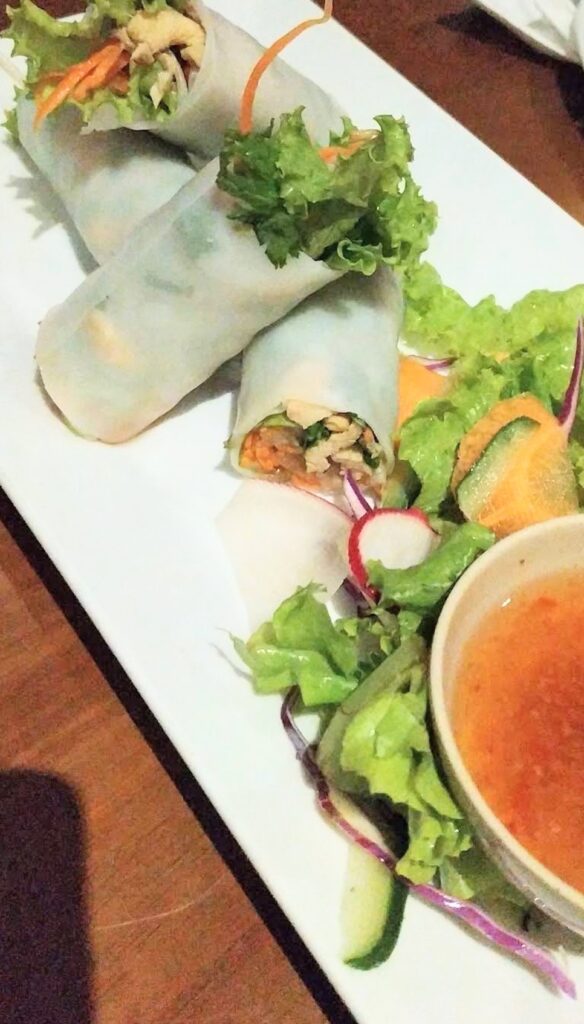
Preparing Vietnamese rolled pho requires a few steps, but the end result is well worth the effort. First, the rice noodles are soaked in water until they become pliable. They are then blanched in boiling water until tender and drained. The fillings, whether it be grilled meats or tofu, are cooked to perfection and thinly sliced. Fresh herbs are washed and picked, ready to be used as a flavorful garnish. Rice paper is soaked in warm water until soft and pliable, and then filled with the rice noodles, herbs, and fillings. The rice paper is carefully rolled, ensuring that the fillings are tightly enclosed. The rolls are served with a side of dipping sauce, allowing each bite to be dipped and enjoyed.
Variations of rolled pho across different regions of Vietnam
Just like many other Vietnamese dishes, rolled pho has regional variations that reflect the diverse culinary traditions of Vietnam. In the north, particularly Hanoi, the fillings often consist of grilled beef or chicken, accompanied by fresh herbs and lettuce. In the central regions of Vietnam, such as Hue, the rolls may include a wider variety of fillings, such as pork belly and shrimp. In the south, Ho Chi Minh City, the rolls are often served with a sweet and tangy peanut sauce, adding a unique twist to the dish. These regional variations add to the richness and diversity of Vietnamese cuisine.
Tips for cooking Vietnamese rolled pho at home
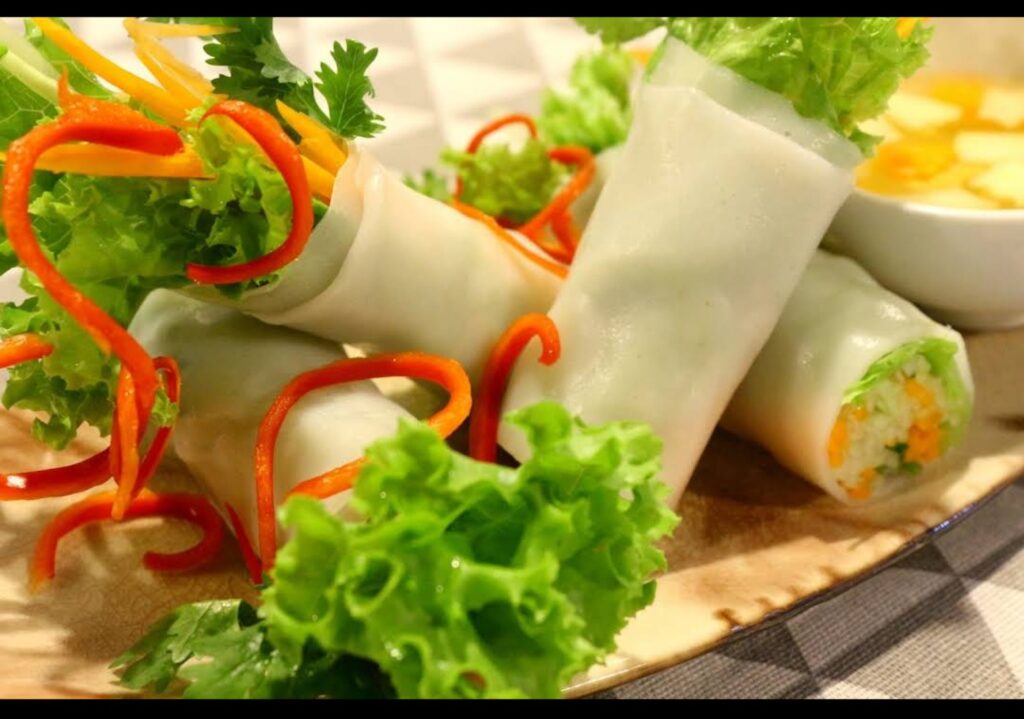
If you’re feeling adventurous and want to recreate the flavors of Vietnamese rolled pho in your own kitchen, here are a few tips to help you get started. First, make sure to source fresh and high-quality ingredients, as they are the key to achieving authentic flavors. Soak the rice noodles in warm water until they are pliable, but be careful not to over-soak them, as they can become mushy. When rolling the rice paper, ensure that you wrap it tightly to prevent the fillings from falling out. Lastly, remember to prepare a delicious dipping sauce to accompany your rolls. Experiment with different combinations of fish sauce, lime juice, garlic, and chili to find your perfect balance of flavors.
Conclusion: Exploring the diverse and delicious world of Vietnamese cuisine
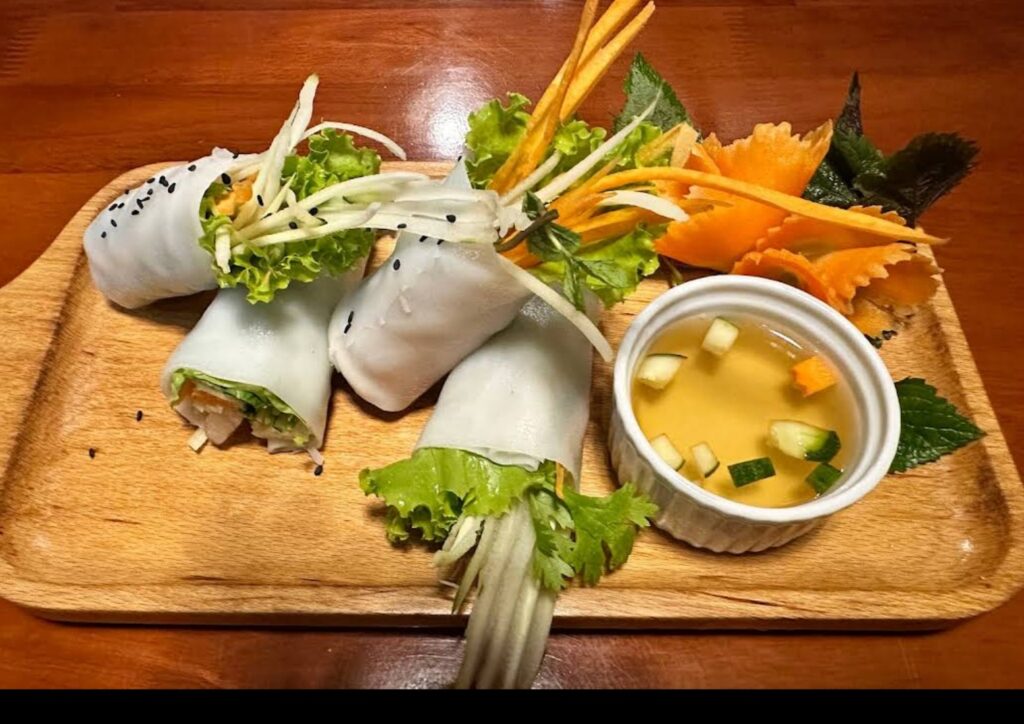
Vietnamese cuisine is a treasure trove of flavors, and rolled pho is just one of its many culinary gems. From the delicate balance of flavors to the artful presentation, Vietnamese rolled pho offers a truly unique and delightful dining experience. Whether you choose to enjoy it at a street food stall in Vietnam or attempt to recreate it in your own kitchen, the journey into the heart of Vietnamese cuisine is one that will leave you craving for more. So, take a leap into the diverse and delicious world of Vietnamese cuisine and uncover the exquisite flavors of rolled pho for yourself.
CTA: Ready to embark on your own culinary adventure? Try making Vietnamese rolled pho at home and discover the delightful flavors of this beloved dish. Don’t be afraid to experiment with different fillings and dipping sauces to create your own unique twist. Share your creations with us and let us know your favorite variation of rolled pho. Happy cooking!

